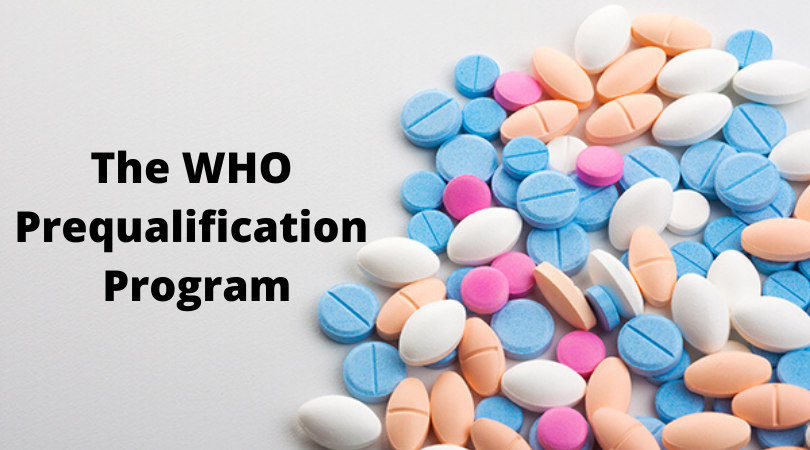The work of the WHO Prequalification Program helps to ensure that counterfeit medications are not entered pharmacies. This is achieved through a thorough assessment of pharmaceutical products , inspection of pharmaceutical enterprises and contract research organizations (CRO), prequalification of quality control laboratories, as well as through the promotion of medications. The work of the Program indicates that, in the presence of quality pharmaceutical products, procurement and distribution processes are activated. This helps to achieve maximum results in the treatment and use of medical resources.
The main goal of the program, as before, was to replenish the list of prequalified medications, as well as to build their own potential in developing countries. An additional drugs were added to the list with the prequalification status. The list of generics is enlarged. Nowadays, more generic than original medications were prequalified, which indicates that the Program continues to successfully contribute to the development of the generic sector.

Study documentation
The program claims the continuous improvement in the quality of info submitted for evaluation. However, this trend does not apply equally to all types of products and all special aspects. Therefore, it is necessary to continue to provide advice and expert assistance to manufacturers in this field.
Six documentation assessment sessions were organized at the UNICEF Procurement Division in Copenhagen, where drug dossiers are received and stored. 4 sessions of 5 days each and 2 sessions of 9 days each were held. In 2006, measures were taken to make the document review process more consistent and efficient. Actions have been taken to build the capacity of the Dossier Assessment Program.
An evaluation specialist has been assigned to the prequalification team at WHO headquarters, and a post has been created alternately for evaluators from developing countries, each of whom has been working at the headquarters for 3 months. The program for the performance of specific tasks was provided by some specialists without leaving their country and their workplace. In particular, they assessed changes in applications in between regular sessions.
How does the program work?
The prequalification program conducts a thorough scientific assessment of the quality of generics and patented medications in accordance with WHO recommendations for prequalification, which in turn are balanced with international requirements. The process begins with the manufacturer submitting the expression of interest (EOI), simultaneously with the product dossier. The safety, quality and efficacy information contained in the product dossier is reviewed by two evaluators appointed by WHO. They both must approve the contents of the dossier. If there is no agreement between them, or if this type of product is especially difficult to evaluate, additional specialists are involved. When the dossier is close to approval, an inspection of the production place (active pharmaceutical ingredient andfinished products) is conducted.
